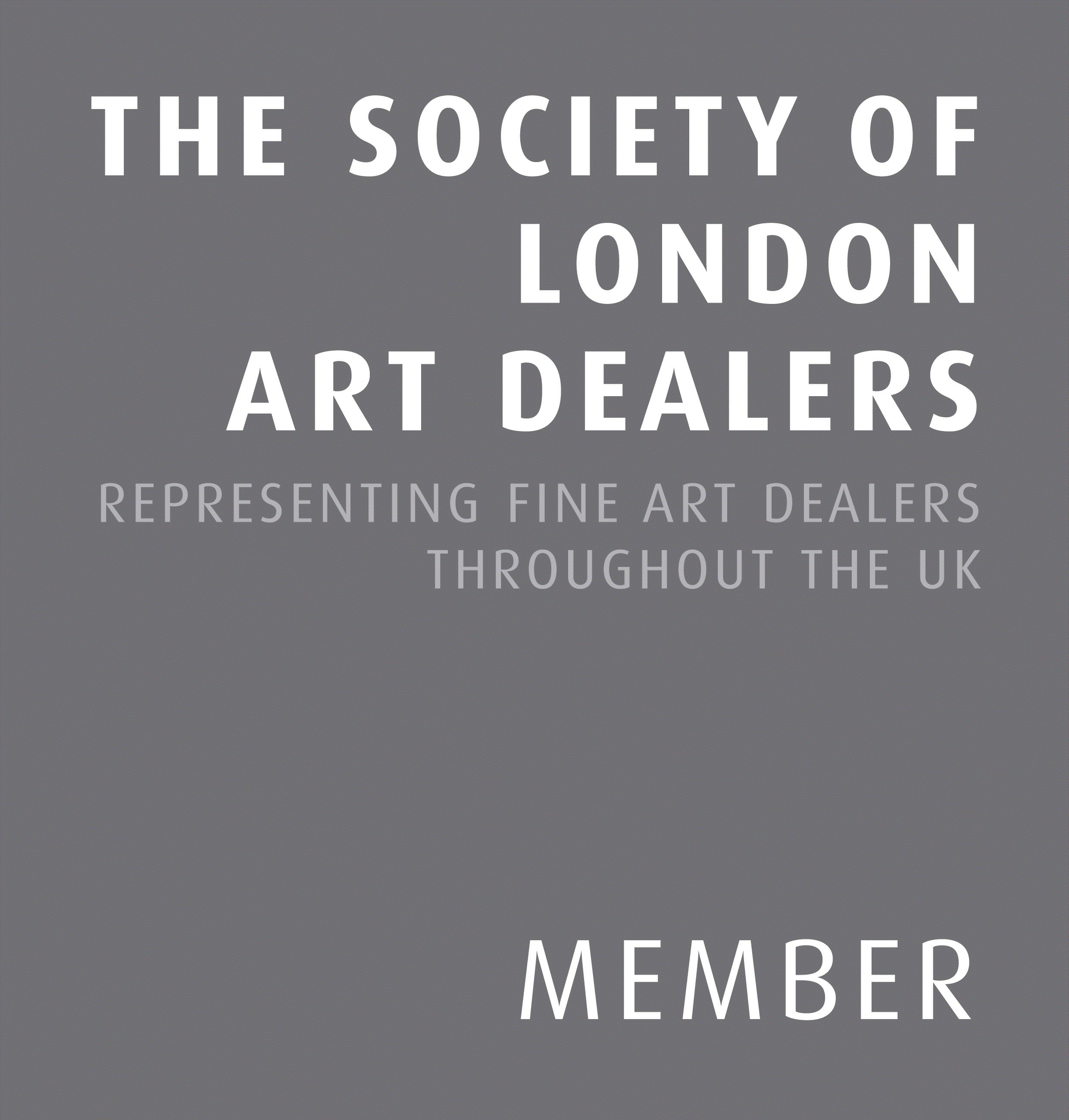Howard Hodgkin (1932-2017) was one of Britain’s most celebrated contemporary painters and printmakers. He was born in London on the 6th of August 1932 and lived in Hammersmith until 1940 when he was evacuated to America due to the Second World War. During his time in America he was exposed to artists such as Stuart Davis, Matisse and Picasso, which encouraged his interest in painting. Hodgkin returned to England in 1945 and was enrolled at Eton College.
Here his art teacher introduced him to the work of the seventeenth-century Indian painter Ustad Mansur whom Hodgkin became fascinated with, especially Mansur’s miniature painting ‘Chameleon’. He explained that ‘the first Indian paintings I saw astounded me because they depicted a whole world in a way which was completely convincing but totally separate from the tradition of Western art which I was used to’. Hodgkin began collecting Indian art due to this fixation, acquiring over 120 works throughout his life, The Ashmolean Museum described his collection as ‘one of the finest in the world… formed by an artist’s eye’. India was a huge source of inspiration for his own artwork also, he first visited in 1964 at the age of 32 and returned annually to his apartment in Mumbai.
Hodgkin was chosen to represent Britain at the Venice Biennale in 1984. His selected paintings were controversially displayed on green walls rather than the traditional white. His reasoning behind this was that white would distract from his paintings due to the bright Venetian sunlight. Hodgkin wanted to evoke a cohesive sense of spontaneity throughout the exhibition despite each piece taking a long period of time to complete. He worked from memory to create all of his artwork, sometimes layering several different recollections over one another. For example, David’s Pool at Night recalls an evening Hodgkin spent at David Hockney’s home in LA in 1979 with Peter Blake.
A year after the Venice Biennale, Hodgkin won the Turner prize with his print For Bernard Jacobson, a print dedicated to the art dealer and publisher. The piece depicts the view from a balcony in India in the evening with banana leaves framing the image. Hodgkin occasionally dedicated his prints to important people in his life such as For Antony a piece he produced in 2015 devoted to music writer Antony Peattie, his lifelong partner.
Hodgkin continued to paint even during the final years of his life however he revealed during an interview with BBC Newsnight in 2014 that his process had changed dramatically. He no longer felt that he had the time to plan his paintings, ‘I used to make drawings, do all sorts of obvious things and now I just get in and do it’. Howard Hodgkin died in London on the 9th of March 2017 just two weeks before his show ‘Absent Friends’ opened at the National Portrait Gallery.
His work is held in some of the most important collections in the world such as The National Gallery of Australia; The National Gallery of Art, Washington D.C; Museum of Panjab University, India; Scottish National Gallery of Modern Art and Tate, London.



